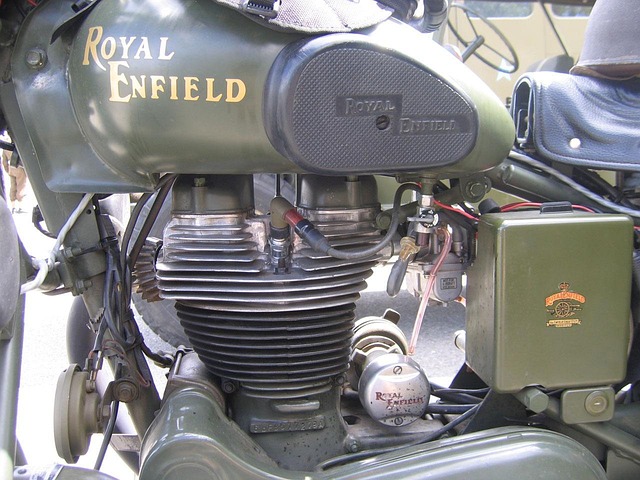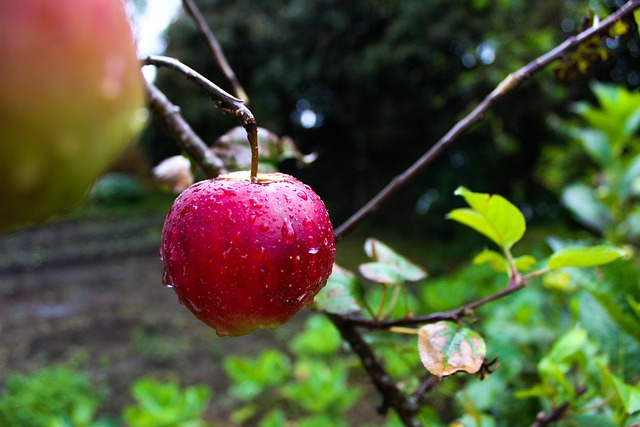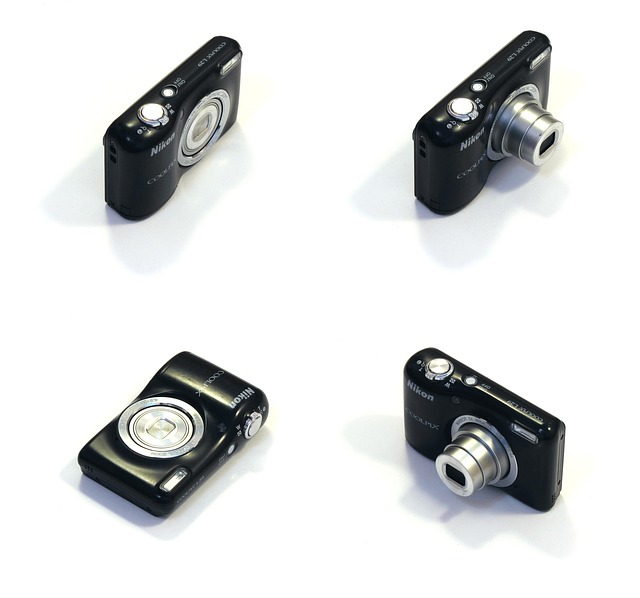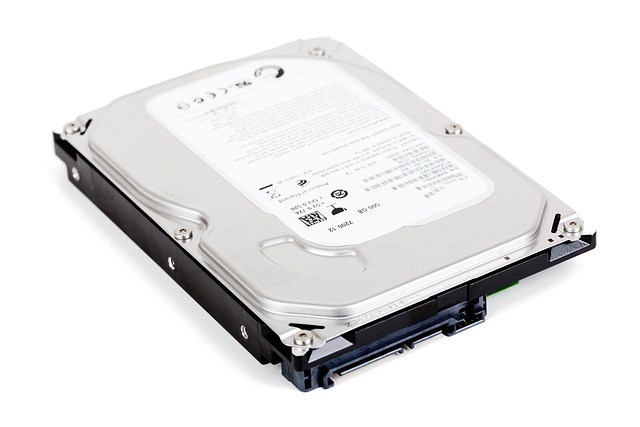
Rare Coins
Understanding Rare Coins
Rare coins hold a unique place in the world of collecting and investing. They are not merely pieces of currency; they are tangible connections to history, art, and culture. The allure of rare coins lies in their beauty, craftsmanship, and the stories they tell about the eras they represent. From ancient civilizations to modern mints, these coins encapsulate the essence of their time, making them highly sought after by collectors and investors alike.
The Appeal of Rare Coins
What makes rare coins so captivating? For many, it is the combination of rarity and historical significance. Coins can range from ancient Greek and Roman pieces to more contemporary examples, such as limited mintages and error coins. Each coin carries its own narrative, reflecting the economic and artistic values of its time.
Moreover, the rarity of a coin often enhances its value. Scarcity can arise from a limited production run, historical events that led to the loss of many coins, or unique features that distinguish one coin from another. This scarcity, combined with the historical context, contributes to the allure of rare coins.
Types of Rare Coins
Rare coins can be categorized into various types, each with its own characteristics and appeal:
- Ancient Coins: These coins date back to ancient civilizations, such as Greece and Rome. They often feature intricate designs and are prized for their historical significance.
- Medieval Coins: Coins from the medieval period can offer insights into the economic systems and artistic styles of the time.
- Modern Rarities: This category includes coins that are more contemporary but have become rare due to limited mintages or production errors. Examples include the 1909-S V.D.B. Lincoln penny and the 1937-D three-legged buffalo nickel.
- Commemorative Coins: These coins are issued to honor specific events or individuals and can become rare due to limited releases.
Investing in Rare Coins
For those considering rare coins as an investment, it is essential to approach with knowledge and caution. The value of rare coins can fluctuate based on market demand, condition, and historical significance. Collectors often seek coins in excellent condition, as this can significantly impact their value.
Additionally, understanding the grading system used in numismatics is crucial. Coins are graded on a scale that assesses their condition, with higher grades typically commanding higher prices. Familiarizing oneself with this system can help collectors make informed decisions.
Getting Started with Coin Collecting
If you are intrigued by the world of rare coins but unsure where to start, consider beginning with more accessible options. For instance, coins like the 1964 (Denver) Jefferson Nickel can be an excellent entry point, as they are often available at a price close to their face value. This allows new collectors to explore the hobby without a significant financial commitment.
As you delve deeper into numismatics, consider joining local coin clubs or online communities. These platforms can provide valuable resources, networking opportunities, and insights from experienced collectors.
Conclusion
Rare coins are more than just collectibles; they are pieces of history that offer a glimpse into the past. Whether for personal enjoyment or investment purposes, the world of rare coins is rich with opportunities for exploration and discovery. As you embark on this journey, remember to approach it with curiosity and a willingness to learn.

















 OSHA 30 Training
OSHA 30 Training 
 Health
Health  Fitness
Fitness  Lifestyle
Lifestyle  Tech
Tech  Travel
Travel  Food
Food  Education
Education  Parenting
Parenting  Career & Work
Career & Work  Hobbies
Hobbies  Wellness
Wellness  Beauty
Beauty  Cars
Cars  Art
Art  Science
Science  Culture
Culture  Books
Books  Music
Music  Movies
Movies  Gaming
Gaming  Sports
Sports  Nature
Nature  Home & Garden
Home & Garden  Business & Finance
Business & Finance  Relationships
Relationships  Pets
Pets  Shopping
Shopping  Mindset & Inspiration
Mindset & Inspiration  Environment
Environment  Gadgets
Gadgets  Politics
Politics 